
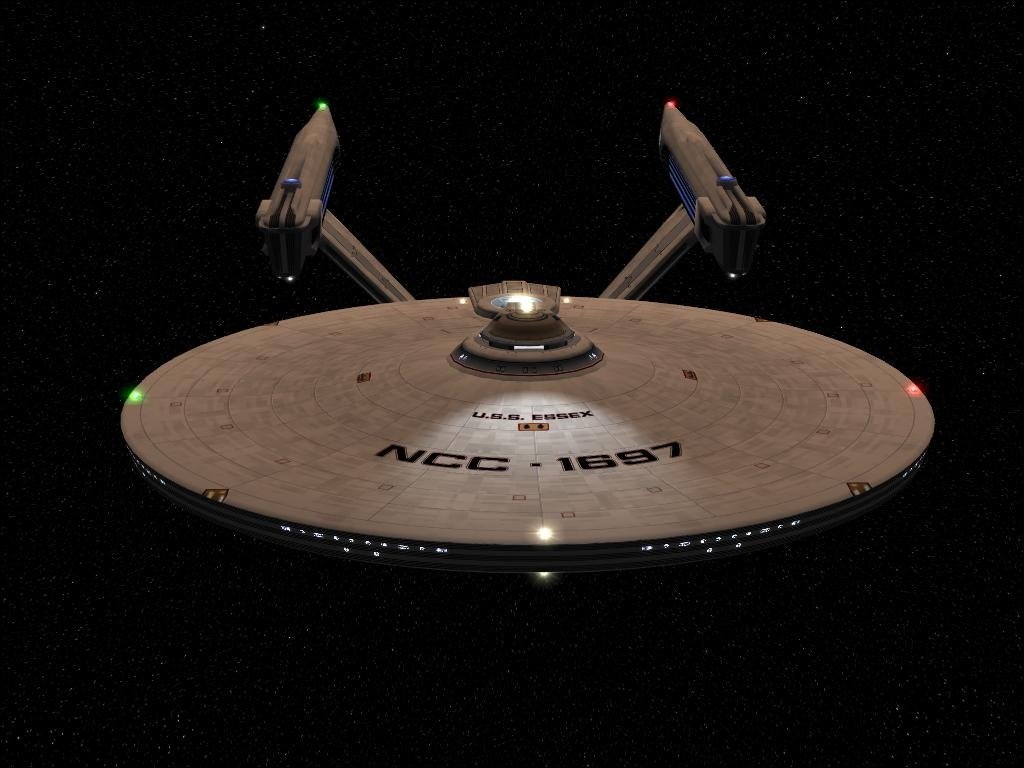
 By 2272, the U.S.S. Essex had been enhanced with upgrades given to the Constitution class since the last years of the 2260s. Primarily enhancements to propulsion, sensor and defensive systems were given to the venerable Constitution class design, whilst Montgomery Scott and the engineering team at the Advanced Starship Design Bureau continued to pore over the mothballed Enterprise 1701, redesigning and re-fitting her over a period of eighteen months.
By 2272, the U.S.S. Essex had been enhanced with upgrades given to the Constitution class since the last years of the 2260s. Primarily enhancements to propulsion, sensor and defensive systems were given to the venerable Constitution class design, whilst Montgomery Scott and the engineering team at the Advanced Starship Design Bureau continued to pore over the mothballed Enterprise 1701, redesigning and re-fitting her over a period of eighteen months.
The Constitution II subclass was a stop-gap design that was conceived to keep the flagship vessels of exploration, diplomacy and defence the best equipment and capabilities until the revolutionary Enterprise class was completed. This subclass entered service from 2273. Created as a 'second tier' uprating redesign of the Constitution line to enable more vessels to be refitted more quickly to New Technology standards, they were classified as Heavy Cruisers of the Second Rate. Only a handful of Constitution class were upgraded like this Constitution, Enterprise, Yorktown, Essex and Kongo before Starfleet decided that they needed a full re-design with all of the newest revolutionary technology with Enterprise rebuilt 2271 - 2273. The last ten years had seen the loss of many starships, both Constitution class and others including the Constellation, Exeter, Farragut, Excalibur, Intrepid and Defiant. Starfleet Command knew they had to enhance their starships. Within a handful of years, offensives by the Kzintis and Mirak would bring this to the fore.
The 2270s saw a conflict around the DMZ that was seen to be the Kzintis reverting to type; other students of astro-politics have come out on the side of the Kzinti. At the early stage of the 2270s, the Starfleet DMZ task force out of the Watchtower class Starbase 25 Temperence consisted of Archer class scouts, Soyuz class heavy scouts with Hermes class scouts and Saladin class destroyers to back them up. Should hostilities overwhelm these, a Constitution class vessel (on rotation) as flagship and a Federation class dreadnought would act as the final guarantors of peace.
In 2272 things came to a head. The Kzinti Patriarchy had watched as the United Federation of Planets had expanded since the signing of the Treaty of Sirius two centuries beforehand. They had been limited to corvette class patrol vessels in tonnage and the forces of the Federation were allowed unlimited access to Kzinti space. This had been demonstrated a few years earlier when the Enterprise had been sent into the area to retrieve an ancient alien stasis box. The Kzintis felt that on this occasion, as on previous ones, Starfleet had acted as if the Kzintis were second-rate lifeforms, untrustworthy and disallowed from travelling beyond a 50 light year zone designated by the Federation. Buoys were laid out around this zone to tell the Kzintis in their own language that they should not travel beyond (into what was unclaimed space) or they would restart a state of war.
In two hundred years, the fledgling United Federation of Planets had expanded their colonies into the unclaimed space around the Kzinti DMZ. Kzinti diplomats, meeting at Starbase 25 and Ferasa, objected in the strongest terms to this expansion along the region that naturally acted as a buffer between their two nations - and the logical region for the Kzinti Patriarchy to expand should the De-Militarised Zone be lifted. For the Federation, this was a region of rich M-class planets and other worlds that were rich in minerals and could be mined for their wealth. The DMZ guaranteed that those new colonies would be protected from the infamous marauding Kzinti hordes. Whilst the Kzintis petitioned the new colonies and railed against the Treaty of Sirius, so the colonists would petition their senator to ensure the Treaty stayed in place and protected them from these contained aggressors.
The Patriarchy decided that they had to do something, but did not know how when the Federation had unfettered access to their territory and any attempt to build warships large enough to counter the Starfleet DMZ fleet would be an infraction of the Treaty of Sirius. Their solution was similar to the one Hitler used against the Washington Treaty with his capital ships: pocket battleships. The Kzintis used backdoor links with the Orion Syndicate to get parts to build uprated corvettes with the punch of a destroyer. The aim of these upgrades would be a punch a way to these colonies invading their lands and to make a political statement. Damaging Starbase 25 would be a bonus.
The Patriarchy knew the timing had to be now: Starfleet was developing the new Enterprise class upgrade of the Constitution class, even more powerful than their current Constitution II variant. With the Starfleet contingency plan to have the Federation class dreadnought up and operational within two working days, this determined the window of operations to land Kzinti ground forces on those colonies nearest the DMZ to clear out the intruders. The strategy would be one of drawing attention to their containment within a boundary determined two centuries beforehand and never reviewed. They knew the Kzinti forces would ultimately be defeated by the vast armada that was Starfleet. What could be done was damaging the buoy network, landing ground forces on the colonies and attacking transports supplying Starbase 25; a war of attrition on the Federation worlds and bases. The first attacks could be done with surprise, the rest by swift cunning.
 Author's Notes:
Author's Notes:
With the advent of the Okudagram in Star Trek IV: The Voyage Home, so the Bridge of the Enterprise-A and other Starfleet shps was changed forever. With the Bozeman of 2277 preceding both the Enterprise in 2285 and the -A in 2286, these Okudagrams are now established as the 'proper' look of the Starfleet Bridge in the Meyer-Nimoy-Bennett era of the Star Trek movies of the 80s and early 90s.
The picture of Gene and Majel Roddenberry to the left showed that the Star Trek IV bridge was a complete one, with Spock's science station shown clearly with additional fold-out stations. This is the starship of 2271 - 2285 until the advent of the revised Star Trek V bridge layout.
The Kzinti De-Militarised Zone and story of the encapsulation of their region builds upon the maps by Mandel. These are the Kzinti of the Animated Series: de-fanged and disarmed with police ship/corvettes only. My dilemma was how tey could rise up and face off against the Federation, who have a fully functional fleet with everything up to dreadnoughts. The answer is pocket-battleship theory applied to these corvettes to produce a patrol vessel with the punch of a destroyer; I realised that, in numbers, these could face even a Constitution class.
The contained Kzinti are like the Palestinians in the West Bank and Gaza strip, contained by the Israeli. With provocative illegal Israeli colonies being created on areas classed as Palestinian. This provokes rocket attacks and the Israeli respond with tanks and air strikes. Of course this is story-telling of current events in a Star Trek setting. The solution is the same one I wish these two countries would revert to: talking, listening and respecting differences. Dare I say the British and Americans ought to look back through history and ask 'how would our actions and decisions be viewed by the other side?'. The Sykes-Picot line and rush for oil in the Middle East and alliances with certain governments in that region will have upset a great deal of people...
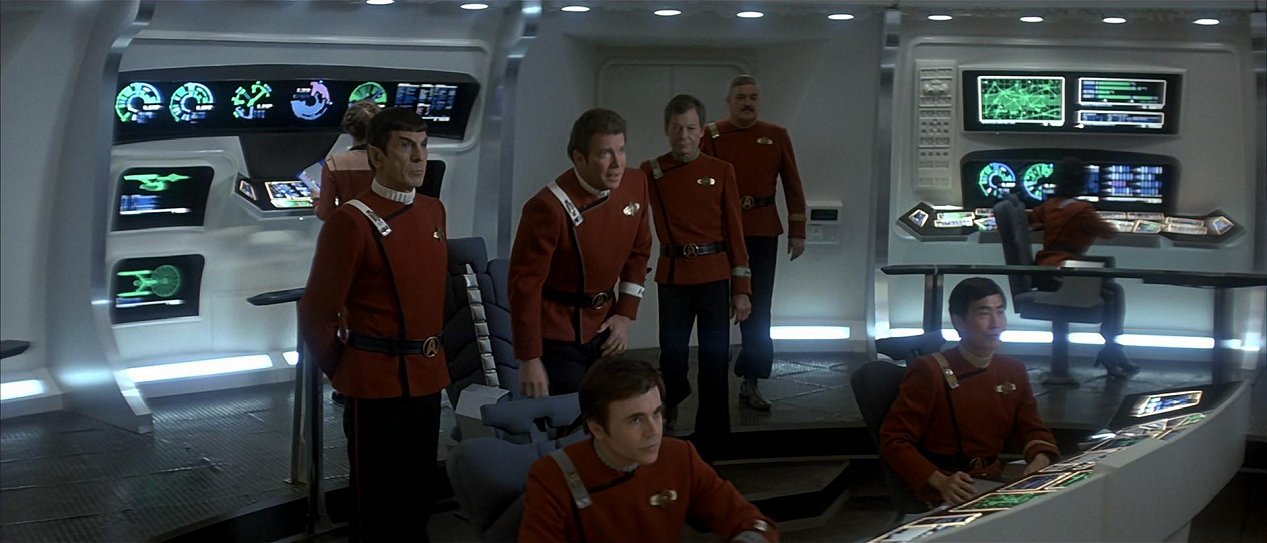
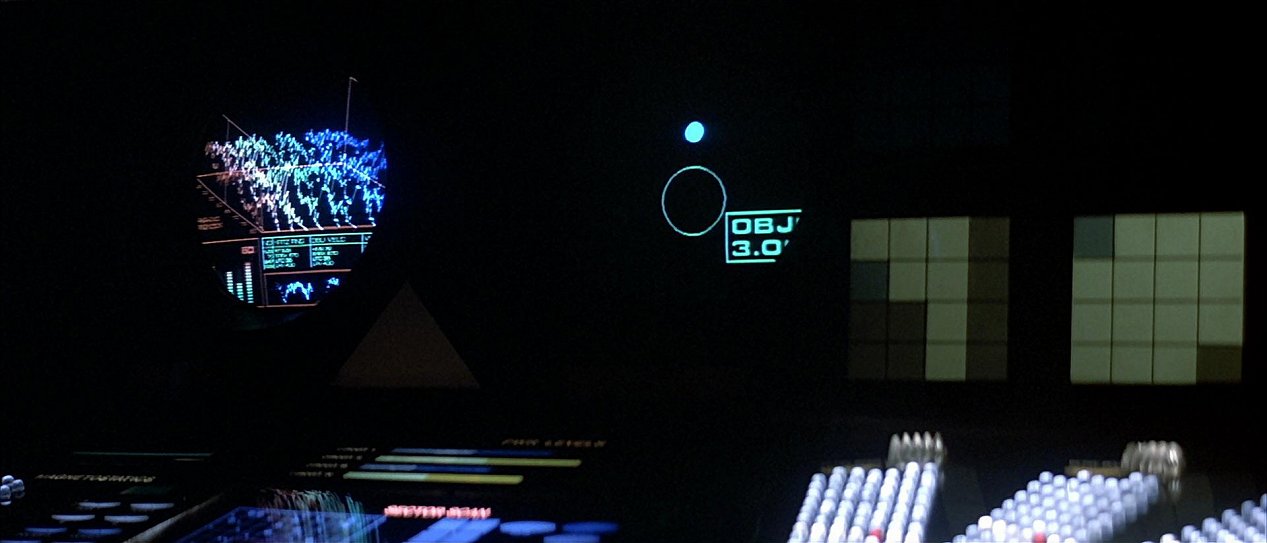
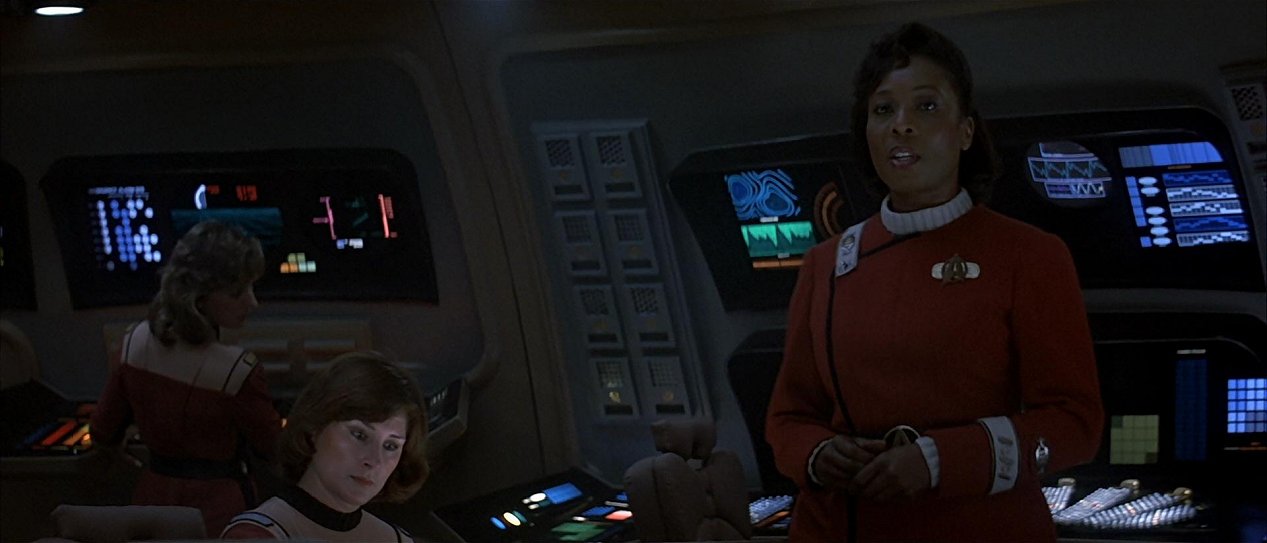
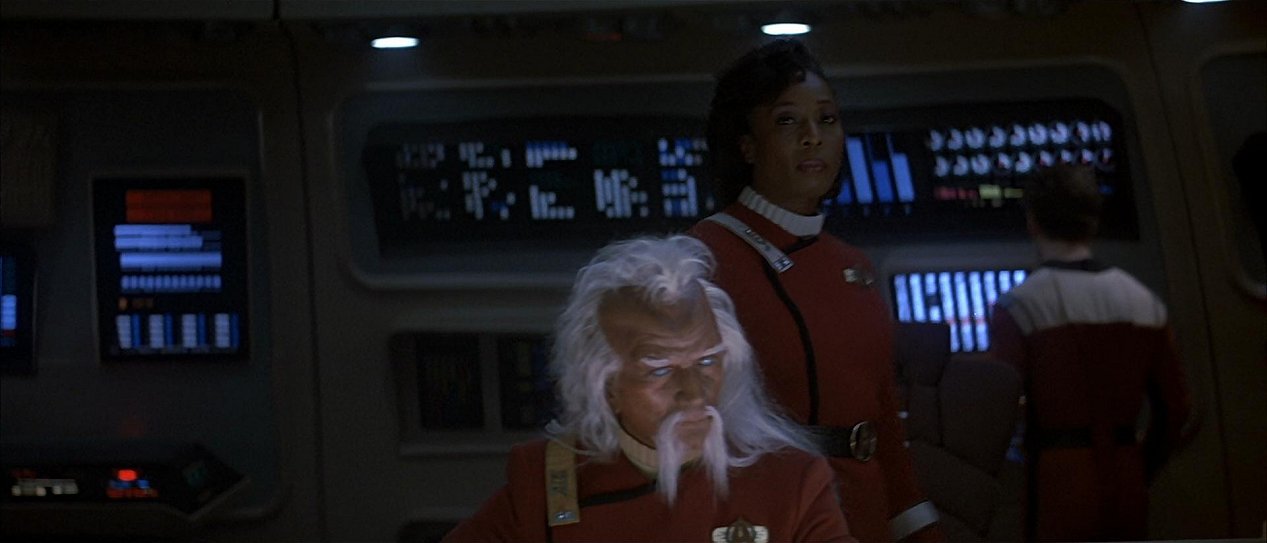
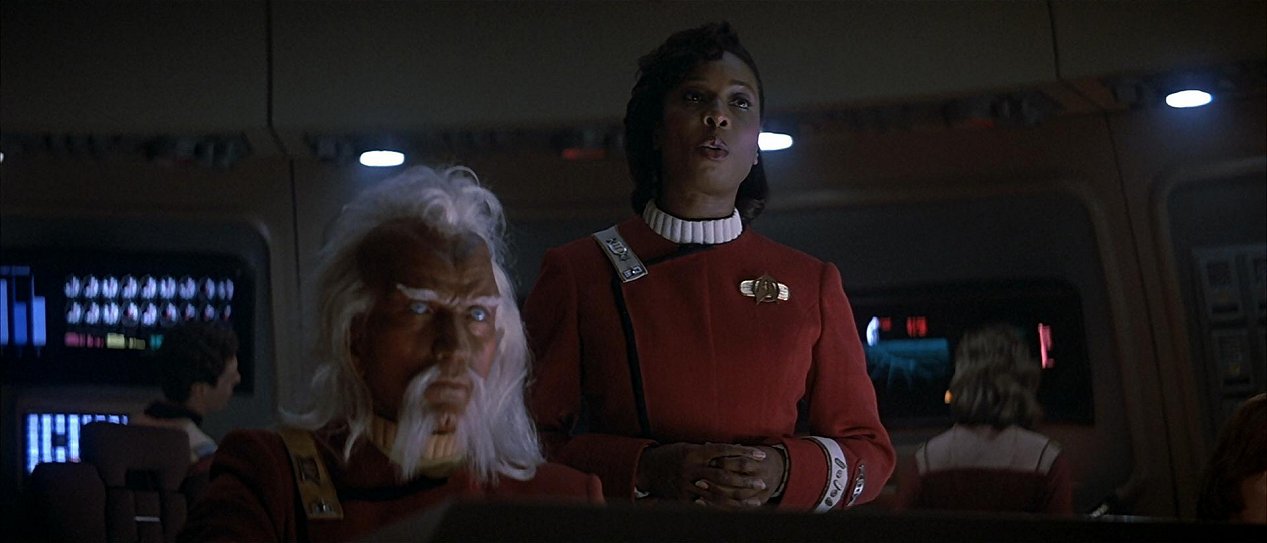
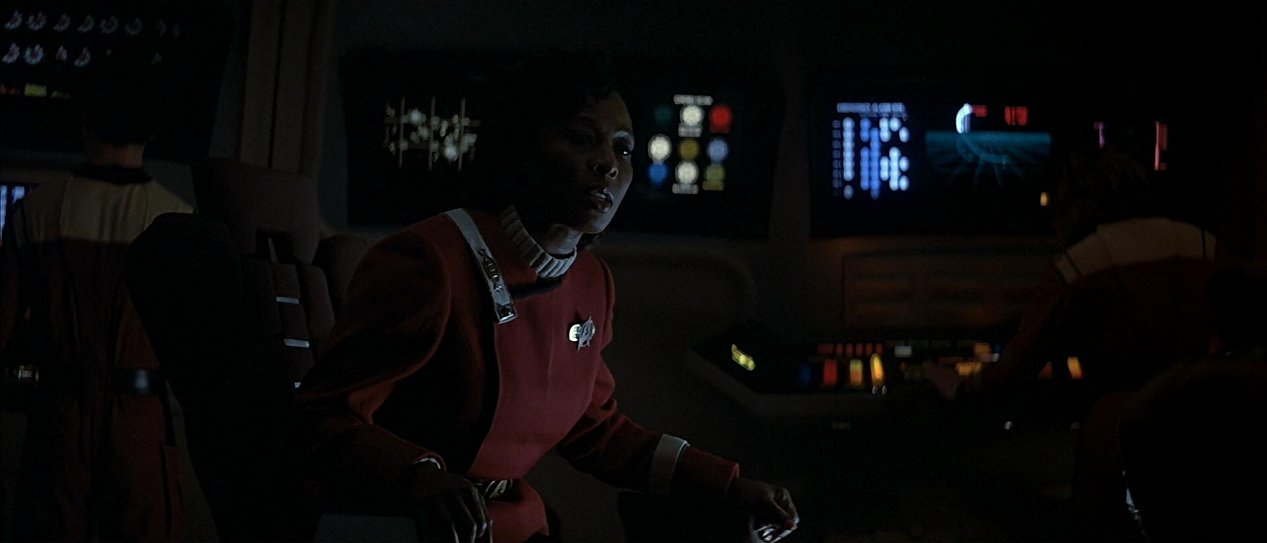










 By 2272, the U.S.S. Essex had been enhanced with upgrades given to the Constitution class since the last years of the 2260s. Primarily enhancements to propulsion, sensor and defensive systems were given to the venerable Constitution class design, whilst Montgomery Scott and the engineering team at the Advanced Starship Design Bureau continued to pore over the mothballed Enterprise 1701, redesigning and re-fitting her over a period of eighteen months.
By 2272, the U.S.S. Essex had been enhanced with upgrades given to the Constitution class since the last years of the 2260s. Primarily enhancements to propulsion, sensor and defensive systems were given to the venerable Constitution class design, whilst Montgomery Scott and the engineering team at the Advanced Starship Design Bureau continued to pore over the mothballed Enterprise 1701, redesigning and re-fitting her over a period of eighteen months.
 Author's Notes:
Author's Notes:











